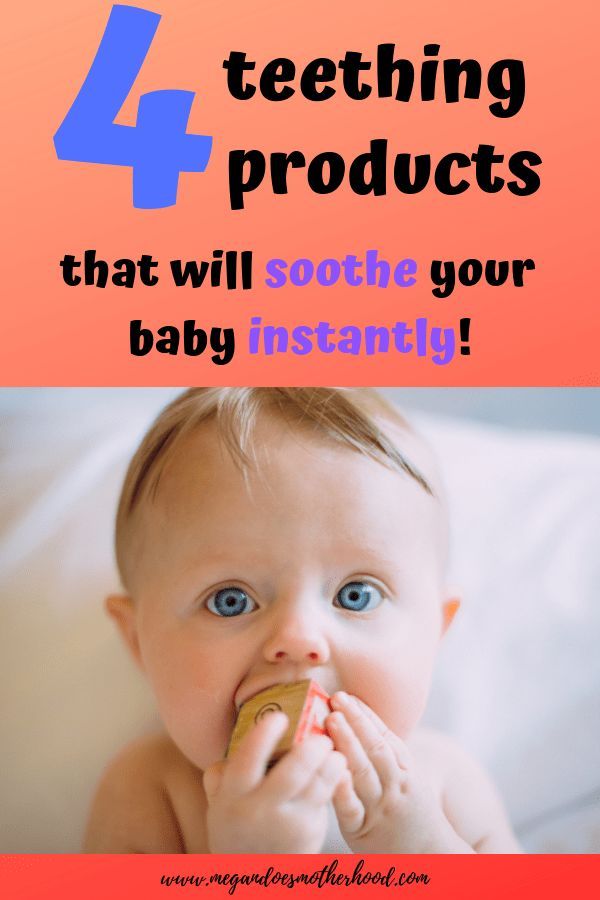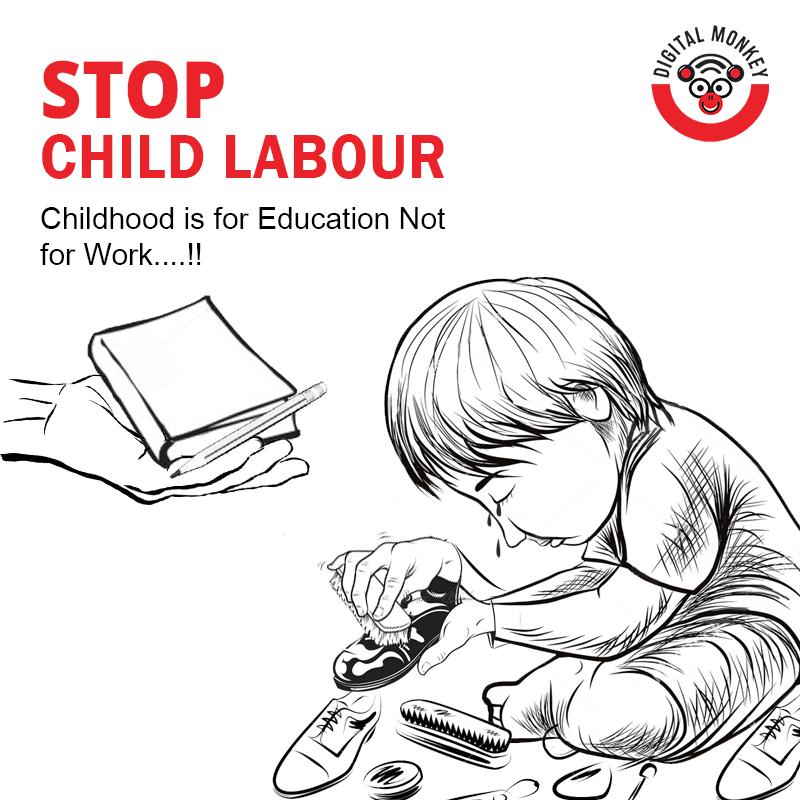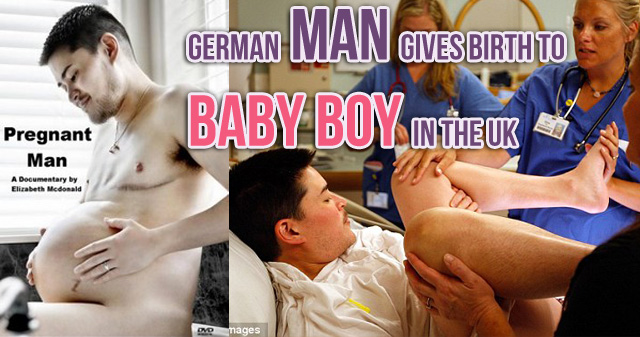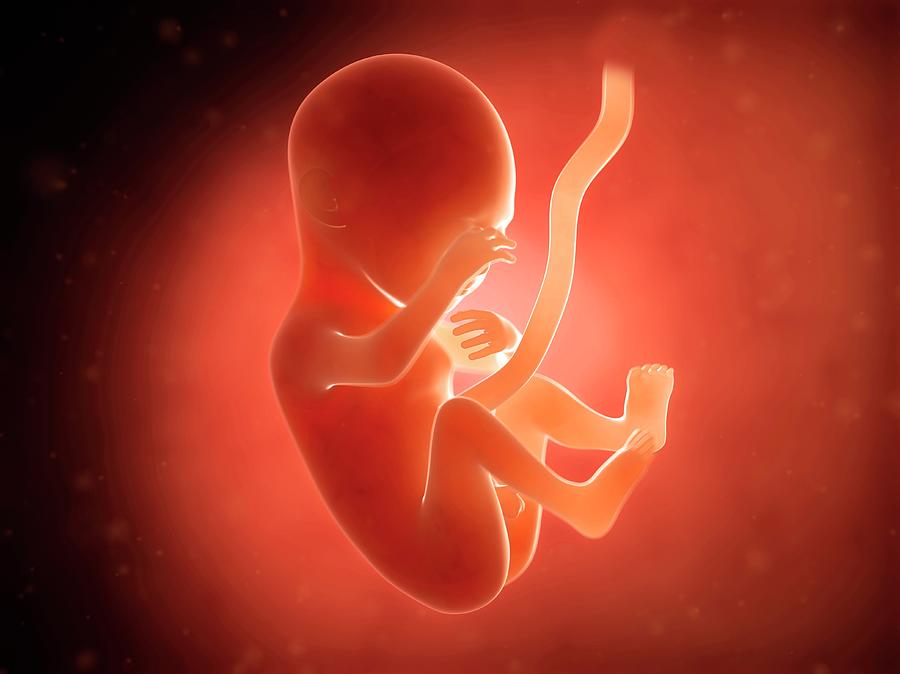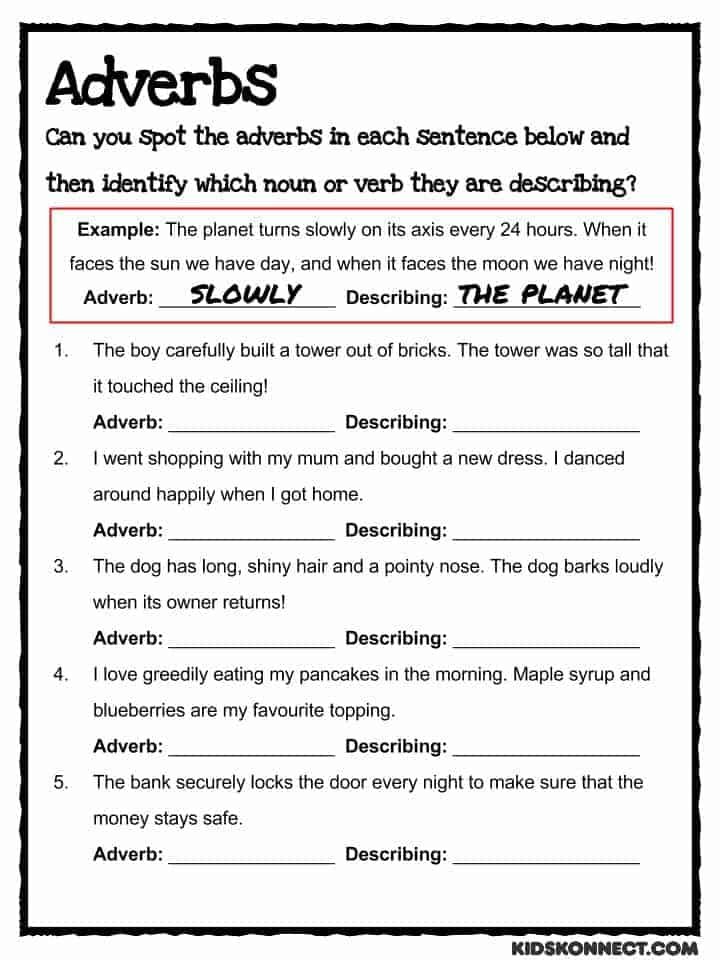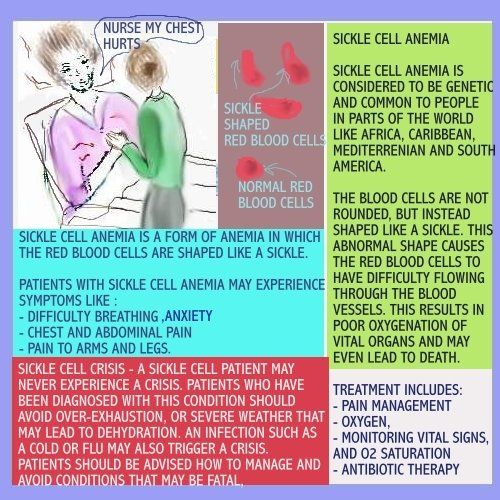Can teething cause a rash on the body
Rashes with Teething: Symptoms, Pictures, Home Remedies
We include products we think are useful for our readers. If you buy through links on this page, we may earn a small commission. Here’s our process.
Does teething cause a rash?
New baby teeth usually erupt from the gums between 6 to 24 months of age. And with new teeth may come a lot more drool, which can irritate sensitive baby skin and cause a rash. This rash is known as teething rash or drool rash.
Teething rash occurs because bits of food, saliva, and constant wetness irritate a baby’s skin. When combined with frequent rubbing on the skin from hugging, clothing, and playing, your baby can develop a persistent, though harmless, rash.
How to identify a teething rash
Your baby will likely drool a lot in the first two years of their life. Babies often start drooling more around 4 to 6 months, about the same time the first tooth is on its way. They can develop a rash at any point. The rash itself won’t determine when your baby’s teeth begin to show up.
Teething rash can appear anywhere drool gathers, including the:
- chin
- cheeks
- neck
- chest
If your baby uses a pacifier, you might also see a cluster of drool rash on the skin that touches the pacifier.
Teething rash usually causes flat or slightly raised, red patches with tiny bumps. The skin may also become chapped. Teething rash can come and go over weeks.
Other symptoms of teething are:
- drool
- rash
- increased chewing on toys or objects
- gum pain, which can lead to increased crying or fussing
Teething doesn’t cause fever. If your baby has a fever or is crying a lot more than usual, call your baby’s doctor. They can make sure your baby’s fever doesn’t get worse and check for any other issues.
Is there a connection between cold symptoms and teething?
At around 6 months, the passive immunity a baby gets from their mother fades.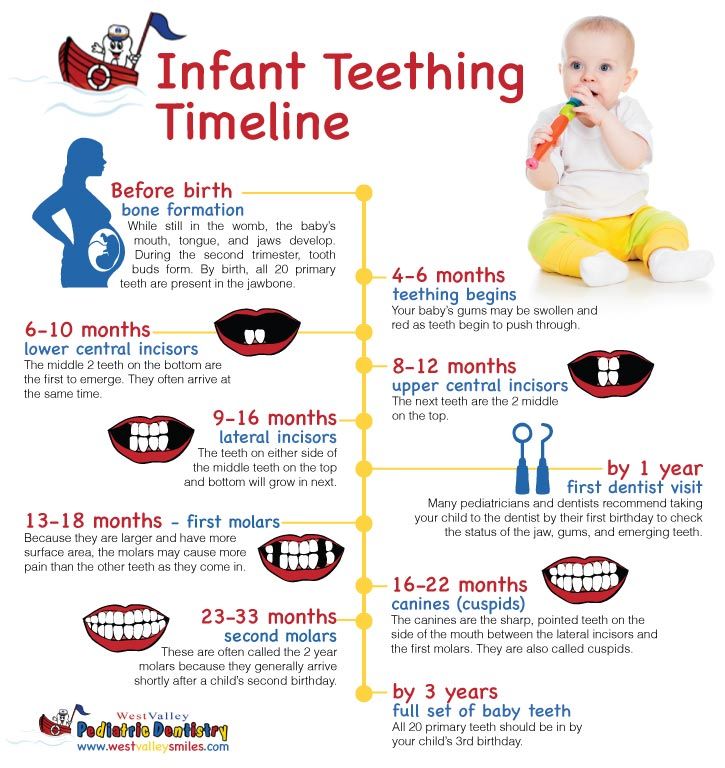 That means your baby may be more likely to pick up germs around this time. This also coincides with the time when teeth may begin to erupt.
That means your baby may be more likely to pick up germs around this time. This also coincides with the time when teeth may begin to erupt.
Expert Q&A: Teething and diarrhea
Pictures of teething rash
When to see a doctor about teething rash
A rash from drool might sometimes look like measles or hand, foot, and mouth disease. Usually, though, babies with these illnesses have fevers and appear ill.
It’s important to distinguish teething rash from another potential condition. Many rashes aren’t serious, but it’s still a good idea to contact your child’s doctor to confirm what the rash is.
One rash that needs immediate attention is petechiae accompanied by a fever. These are flat, red, pinpoint dots that don’t turn white when you push down on them. They’re burst blood vessels and require medical care right away.
See your child’s doctor if the drool rash:
- suddenly gets worse
- is cracked
- is bleeding
- is weeping fluid
- comes with a fever, especially if your baby is under 6 months old
Your child’s doctor will routinely examine your baby’s teeth and gums at well-child visits.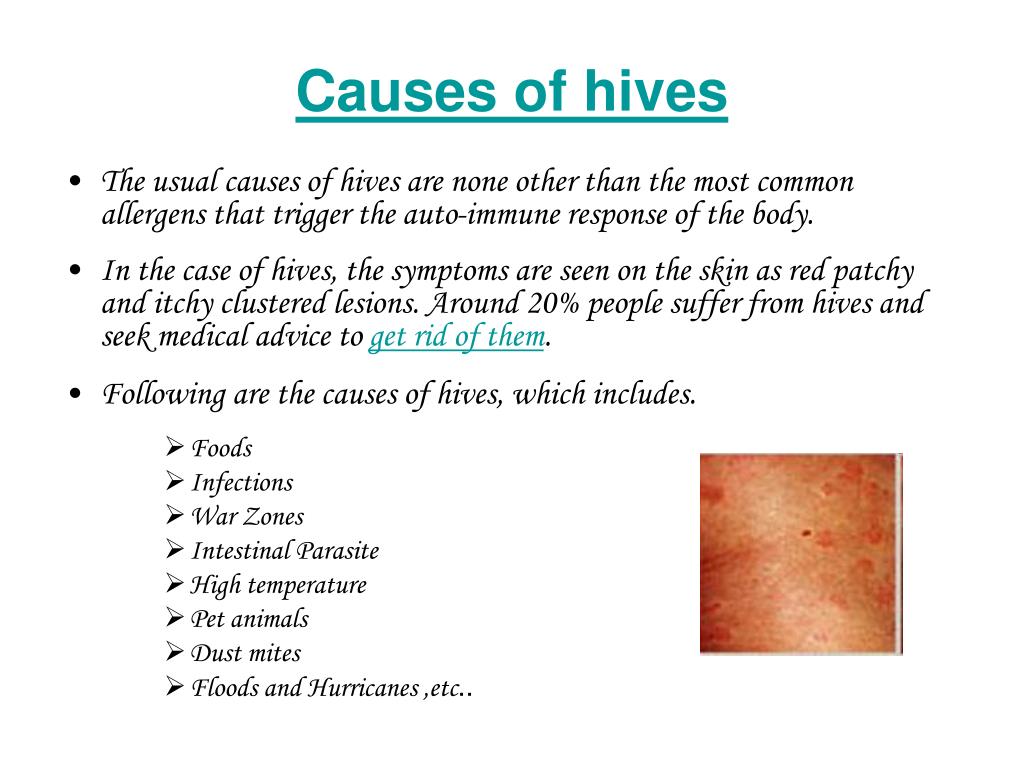
How to treat teething rash at home
The best way to treat a drool rash is by keeping it clean and dry. Applying a healing balm on the skin can help, too.
Emollient creams provide a water barrier to help keep the area dry and prevent drool from irritating your baby’s skin. Examples of emollient creams that you can use on your baby’s rash are:
- Lansinoh lanolin cream
- Aquaphor
- Vaseline
A natural product with some beeswax may also provide similar protection. Don’t use lotion with fragrance on the rash.
To use an emollient cream, dry the drool immediately and apply the cream multiple times a day. You can streamline the process by treating your baby’s drool rash with every diaper change, since you’re already by all of the needed supplies.
If the rash is severe, your child’s doctor can give you more suggestions.
How to manage teething pain
There’s conflicting evidence whether or not teething causes pain in infants.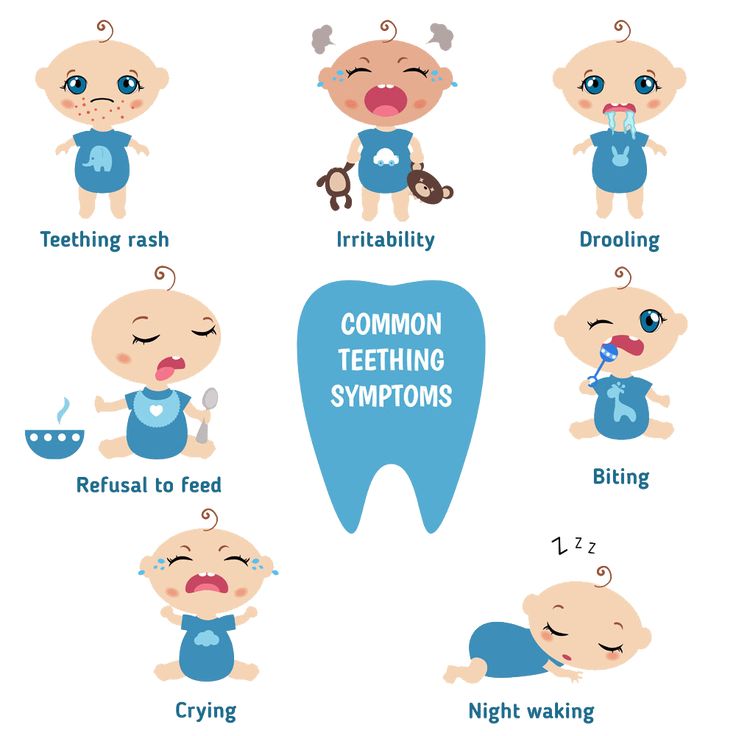 If it does, it’s generally only when the tooth is breaking through the gums and sometimes for a few days before or after.
If it does, it’s generally only when the tooth is breaking through the gums and sometimes for a few days before or after.
In addition to reducing discomfort from teething rash, you can also help your baby manage the pain and discomfort that may come from erupting teeth by doing the following:
- Gum massage. Rub the sore area of gums with a clean finger for two minutes.
- Cold teething toys. Always use the refrigerator to cool teething toys, not the freezer. Buy teething toys here.
- Food. Babies over 12 months may enjoy eating banana pieces chilled in the refrigerator or frozen peas. Don’t use hard food, like carrots, as a chew toy. It poses a choking risk.
- Cup feeding. If your baby won’t nurse or use a bottle, try giving milk in a cup.
- Baby acetaminophen (Tylenol). Some babies sleep better if you give them a dose of a pain reliever right before bed. If you choose to do this, do it for no more than one or two nights.
 Make sure you know your child’s current, safe dosage of acetaminophen based on their weight. If your baby is consistently very cranky and uncomfortable, it’s likely not just teething pain, so call their doctor.
Make sure you know your child’s current, safe dosage of acetaminophen based on their weight. If your baby is consistently very cranky and uncomfortable, it’s likely not just teething pain, so call their doctor.
Teething gels aren’t advised. They often contain unsafe ingredients, and they only provide minimal, temporary relief.
How to prevent teething rash
You can’t prevent your baby from drooling, but you can prevent the drool from causing a rash by keeping your baby’s skin clean and dry. Here are some tips to keep in mind:
- Keep clean rags handy for wiping up drool.
- Gently dab the skin dry to not irritate the skin more.
- If your baby’s drool soaks through their shirt, put a bib on all day. Change the bib frequently.
Outlook
Every child may go through teething episodes until they develop a full set of 20 baby teeth. Teething rash is a common symptom from the excess drool caused by teething. It’s not serious and shouldn’t hurt your baby.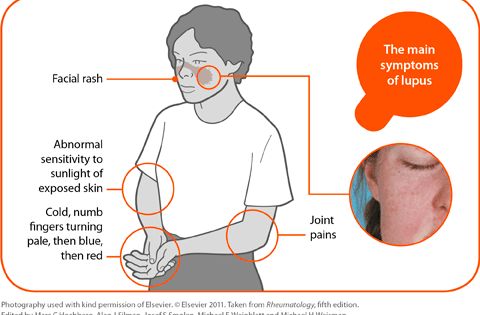 You can treat it at home or call your doctor if it gets worse.
You can treat it at home or call your doctor if it gets worse.
Rashes with Teething: Symptoms, Pictures, Home Remedies
We include products we think are useful for our readers. If you buy through links on this page, we may earn a small commission. Here’s our process.
Does teething cause a rash?
New baby teeth usually erupt from the gums between 6 to 24 months of age. And with new teeth may come a lot more drool, which can irritate sensitive baby skin and cause a rash. This rash is known as teething rash or drool rash.
Teething rash occurs because bits of food, saliva, and constant wetness irritate a baby’s skin. When combined with frequent rubbing on the skin from hugging, clothing, and playing, your baby can develop a persistent, though harmless, rash.
How to identify a teething rash
Your baby will likely drool a lot in the first two years of their life. Babies often start drooling more around 4 to 6 months, about the same time the first tooth is on its way.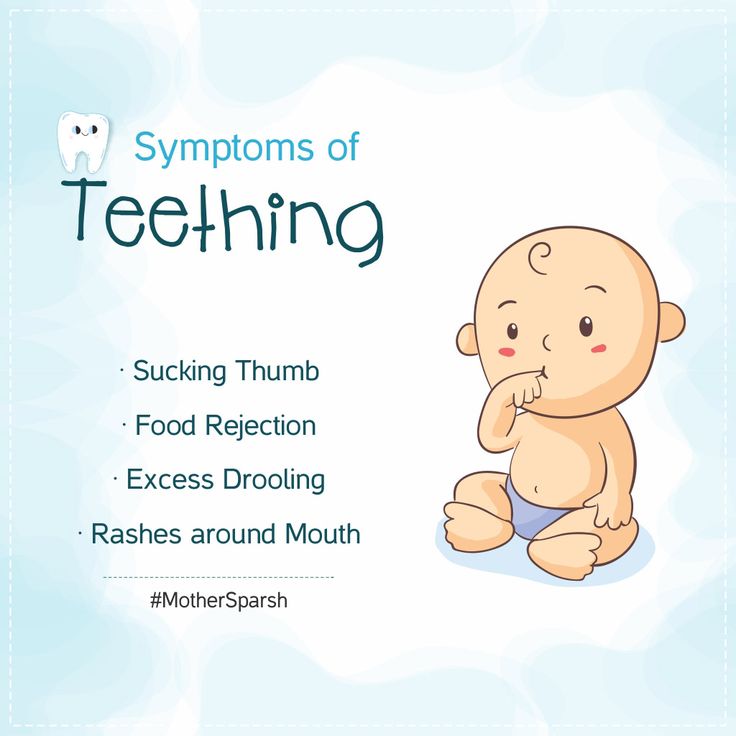 They can develop a rash at any point. The rash itself won’t determine when your baby’s teeth begin to show up.
They can develop a rash at any point. The rash itself won’t determine when your baby’s teeth begin to show up.
Teething rash can appear anywhere drool gathers, including the:
- chin
- cheeks
- neck
- chest
If your baby uses a pacifier, you might also see a cluster of drool rash on the skin that touches the pacifier.
Teething rash usually causes flat or slightly raised, red patches with tiny bumps. The skin may also become chapped. Teething rash can come and go over weeks.
Other symptoms of teething are:
- drool
- rash
- increased chewing on toys or objects
- gum pain, which can lead to increased crying or fussing
Teething doesn’t cause fever. If your baby has a fever or is crying a lot more than usual, call your baby’s doctor. They can make sure your baby’s fever doesn’t get worse and check for any other issues.
Is there a connection between cold symptoms and teething?
At around 6 months, the passive immunity a baby gets from their mother fades. That means your baby may be more likely to pick up germs around this time. This also coincides with the time when teeth may begin to erupt.
That means your baby may be more likely to pick up germs around this time. This also coincides with the time when teeth may begin to erupt.
Expert Q&A: Teething and diarrhea
Pictures of teething rash
When to see a doctor about teething rash
A rash from drool might sometimes look like measles or hand, foot, and mouth disease. Usually, though, babies with these illnesses have fevers and appear ill.
It’s important to distinguish teething rash from another potential condition. Many rashes aren’t serious, but it’s still a good idea to contact your child’s doctor to confirm what the rash is.
One rash that needs immediate attention is petechiae accompanied by a fever. These are flat, red, pinpoint dots that don’t turn white when you push down on them. They’re burst blood vessels and require medical care right away.
See your child’s doctor if the drool rash:
- suddenly gets worse
- is cracked
- is bleeding
- is weeping fluid
- comes with a fever, especially if your baby is under 6 months old
Your child’s doctor will routinely examine your baby’s teeth and gums at well-child visits.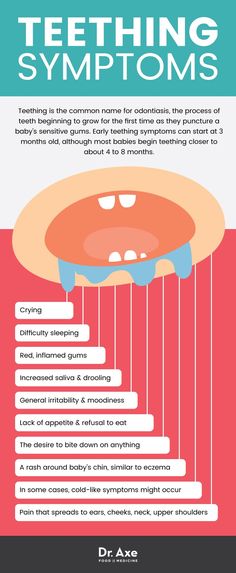
How to treat teething rash at home
The best way to treat a drool rash is by keeping it clean and dry. Applying a healing balm on the skin can help, too.
Emollient creams provide a water barrier to help keep the area dry and prevent drool from irritating your baby’s skin. Examples of emollient creams that you can use on your baby’s rash are:
- Lansinoh lanolin cream
- Aquaphor
- Vaseline
A natural product with some beeswax may also provide similar protection. Don’t use lotion with fragrance on the rash.
To use an emollient cream, dry the drool immediately and apply the cream multiple times a day. You can streamline the process by treating your baby’s drool rash with every diaper change, since you’re already by all of the needed supplies.
If the rash is severe, your child’s doctor can give you more suggestions.
How to manage teething pain
There’s conflicting evidence whether or not teething causes pain in infants.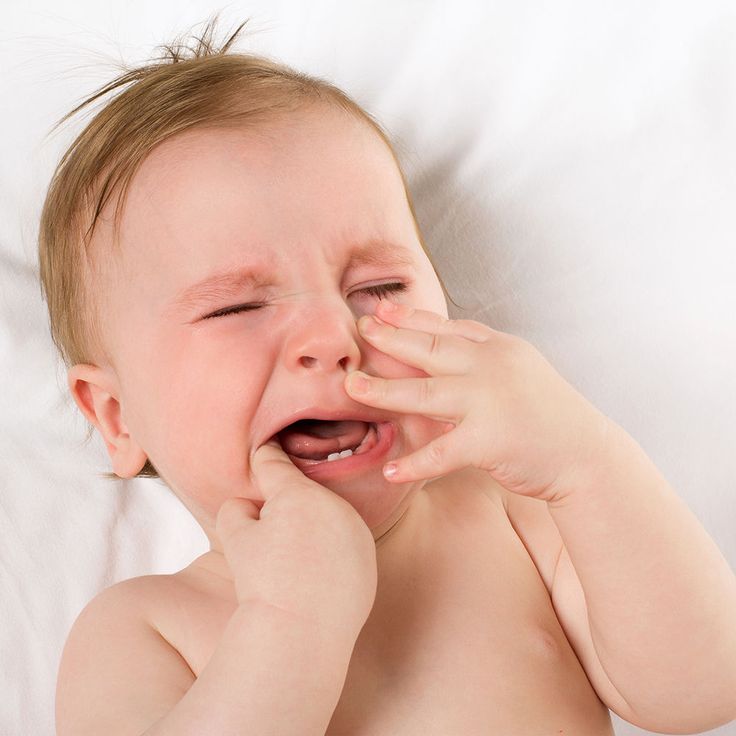 If it does, it’s generally only when the tooth is breaking through the gums and sometimes for a few days before or after.
If it does, it’s generally only when the tooth is breaking through the gums and sometimes for a few days before or after.
In addition to reducing discomfort from teething rash, you can also help your baby manage the pain and discomfort that may come from erupting teeth by doing the following:
- Gum massage. Rub the sore area of gums with a clean finger for two minutes.
- Cold teething toys. Always use the refrigerator to cool teething toys, not the freezer. Buy teething toys here.
- Food. Babies over 12 months may enjoy eating banana pieces chilled in the refrigerator or frozen peas. Don’t use hard food, like carrots, as a chew toy. It poses a choking risk.
- Cup feeding. If your baby won’t nurse or use a bottle, try giving milk in a cup.
- Baby acetaminophen (Tylenol). Some babies sleep better if you give them a dose of a pain reliever right before bed. If you choose to do this, do it for no more than one or two nights.
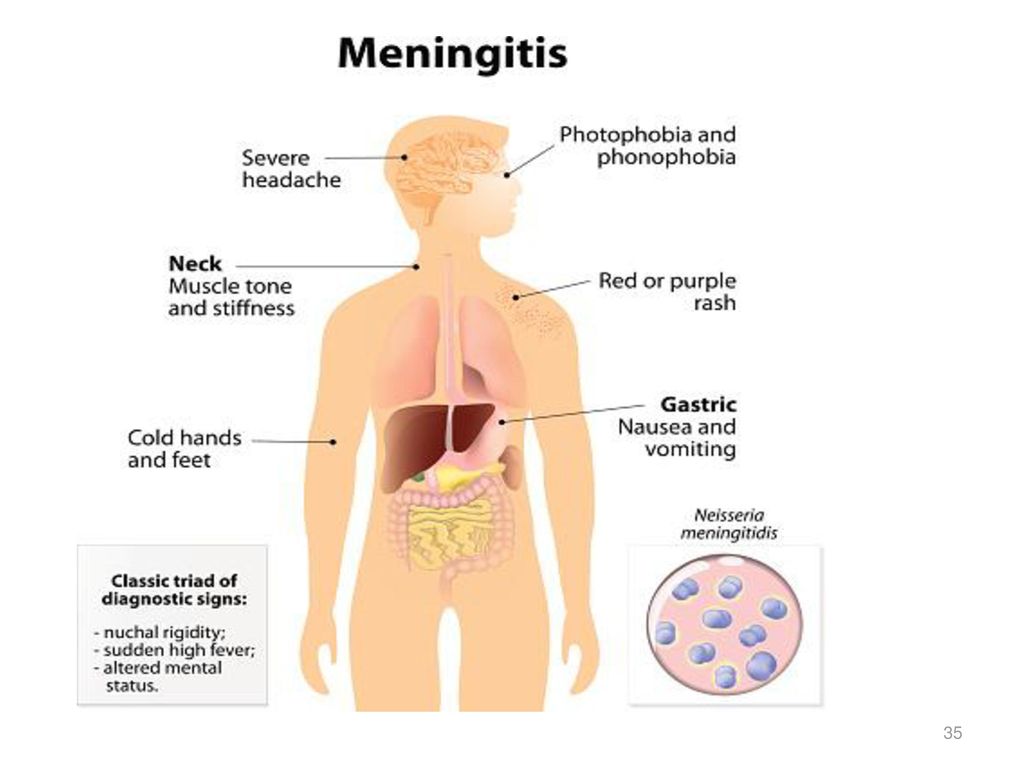 Make sure you know your child’s current, safe dosage of acetaminophen based on their weight. If your baby is consistently very cranky and uncomfortable, it’s likely not just teething pain, so call their doctor.
Make sure you know your child’s current, safe dosage of acetaminophen based on their weight. If your baby is consistently very cranky and uncomfortable, it’s likely not just teething pain, so call their doctor.
Teething gels aren’t advised. They often contain unsafe ingredients, and they only provide minimal, temporary relief.
How to prevent teething rash
You can’t prevent your baby from drooling, but you can prevent the drool from causing a rash by keeping your baby’s skin clean and dry. Here are some tips to keep in mind:
- Keep clean rags handy for wiping up drool.
- Gently dab the skin dry to not irritate the skin more.
- If your baby’s drool soaks through their shirt, put a bib on all day. Change the bib frequently.
Outlook
Every child may go through teething episodes until they develop a full set of 20 baby teeth. Teething rash is a common symptom from the excess drool caused by teething. It’s not serious and shouldn’t hurt your baby.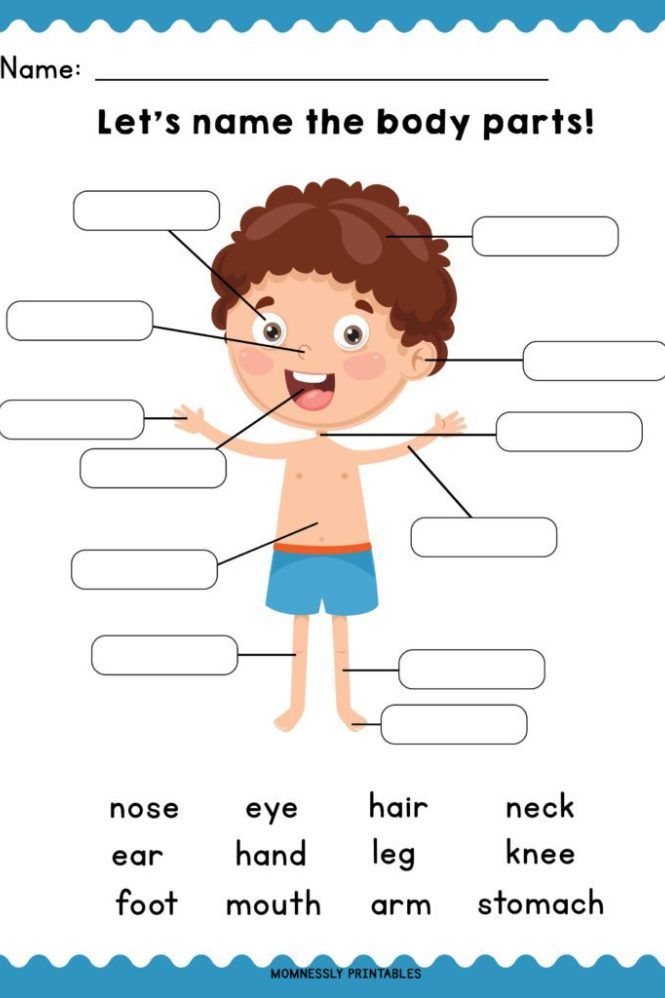 You can treat it at home or call your doctor if it gets worse.
You can treat it at home or call your doctor if it gets worse.
Teething rash (photo)
Young mothers and fathers often search the World Wide Web for information about the appearance of the first crowns of milk teeth in babies. Parents are mentally prepared to calmly perceive nights without sleep, to indulge in the child's protracted whims and tears. A small part of the truth is present here. Most teething episodes are relatively quiet. This is what Dr. Komarovsky says.
The period of appearance of the first teeth varies from three months to one year. The increase or decrease in the period of appearance of teeth depends on the individual characteristics of the baby. Sometimes parents discover the appearance of the first tubercle of the tooth only during the period of feeding the child.
Contents
- 1. The main symptoms of teething
- 2. Can this process be accompanied by a rash?
- 3. Locations of rashes
- 3.
1. Redness on the body
- 3.2. Eruptions on the face
- 3.3. Rash on feet and hands
- 4. Why does a rash occur?
- 5. Ways to help a child
- 6. Video on the topic of the article
- 7. Comments of visitors on the topic of article
The main symptoms of teething
The main symptom of teething in a child is: During this period, it is necessary to stock up on baby bibs and change them in a timely manner.
INTERESTING: what swollen gums look like during teething: photo
A child's pain threshold affects the degree of discomfort and inconvenience during teething.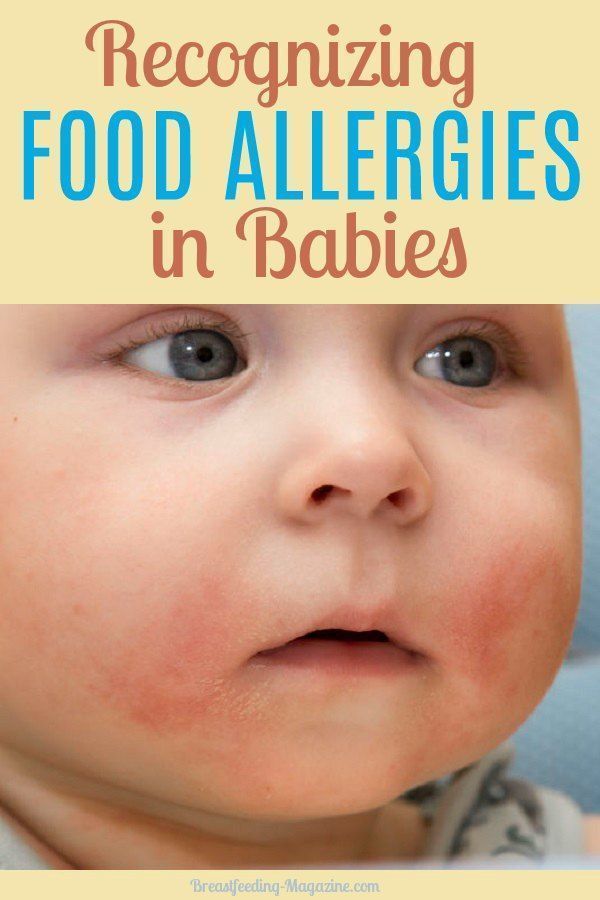 The eruption of the first lower teeth is the most painful, because this is the first violation of the integrity of the oral mucosa (see also: what does the eruption of the first teeth look like in babies in the photo?). Refusal to eat a hungry child during this period suggests that the meal itself is accompanied by pain. Skipping up to three feedings is not a problem. Refusal to eat for more than two days - a consultation with a local doctor is required.
The eruption of the first lower teeth is the most painful, because this is the first violation of the integrity of the oral mucosa (see also: what does the eruption of the first teeth look like in babies in the photo?). Refusal to eat a hungry child during this period suggests that the meal itself is accompanied by pain. Skipping up to three feedings is not a problem. Refusal to eat for more than two days - a consultation with a local doctor is required.
READ ALSO: child teething baby teeth: symptoms from photo The opinions of pediatricians on this issue are divided. Abundant saliva flow and ingestion by the child may lead to diarrhea, but the parents themselves should be vigilant and consult a doctor to avoid complications.
READ ALSO: loose stools during teething: causes and treatment
During teething, children may have a temperature, the increase can be up to 37-38 degrees Celsius. Parents should be aware that this may be the beginning of a cold against the background of a weakening of the body.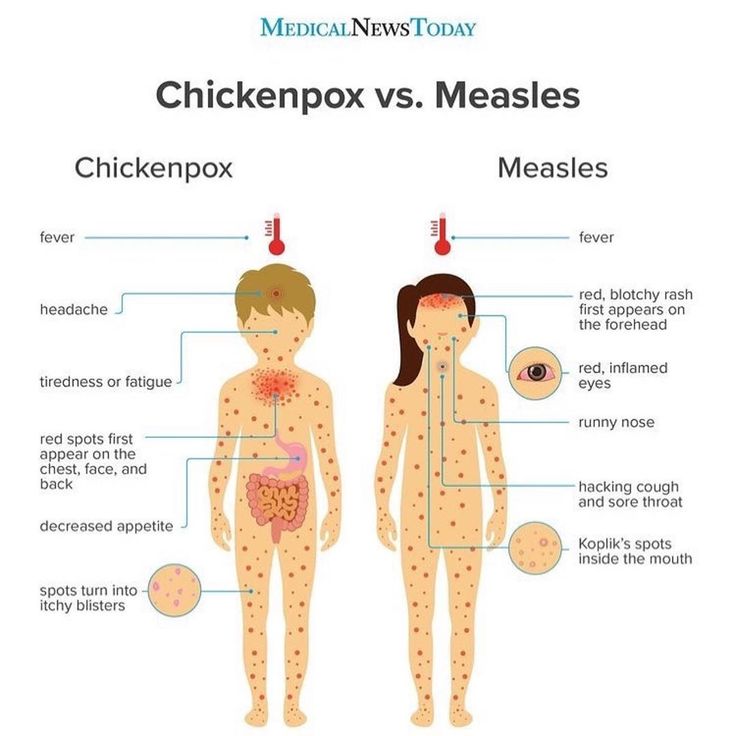 The combination of fever and loose stools is an SOS signal.
The combination of fever and loose stools is an SOS signal.
READ ALSO: How do you know if a baby is teething?
Can this process be accompanied by a rash?
Increased excitability of the crumbs at the time of eruption of the milk buds is explained by great inconvenience in the oral cavity and severe pain in the growth area. The baby's sleep is disturbed, the alveolar processes itch, he becomes tearful, there is profuse salivation.
Strange tooth fairy gifts | 74.ru
All news“What to do there for a year and a half?!” Why the repair of the iconic post office in the center of Chelyabinsk 9 was delayed0005
50 servicemen of the RF Armed Forces were released from Ukrainian captivity: news about the special operation on December 1
Three new traffic lights were installed at the exit from Parkovoye towards Krasnoye Polya and cosmetologists
Got into the base of the dead: traffic police officers stopped a man and said that he had died - according to documents0005
A minibus crashed into a pole on Komsomolsky Prospekt
The former deputy head of the anti-corruption department of the Ministry of Internal Affairs in Miass had his sentence commuted in a bribe case
“No one knew that the boy was in the car. We could save him”: everything we know about the car explosion in Volgograd
We could save him”: everything we know about the car explosion in Volgograd
The government of the Chelyabinsk region commented on the death of a mobilized father of many children
“What makes me worse?”
Mintarifov told how much Chelyabinsk residents will pay for heating and hot water from December 1
My husband's ear can't hear, his eyes can't see, but he was mobilized. Wife's hand is taken away, and she doesn't know how to live without him
In Chelyabinsk, a criminal case was opened against the head of the criminal investigation department of the regional department of the Ministry of Internal Affairs and his subordinate
A retired teacher was mistakenly charged a large debt for electricity, and she was left without heat in the cold
“I don’t eat sugar and bread”: we asked our readers what and how they save on — here are their tips
Eight classes of a school near Chelyabinsk were quarantined
From excursions to the competence center: how industrial tourism developed at MMK
“People almost don't shop”.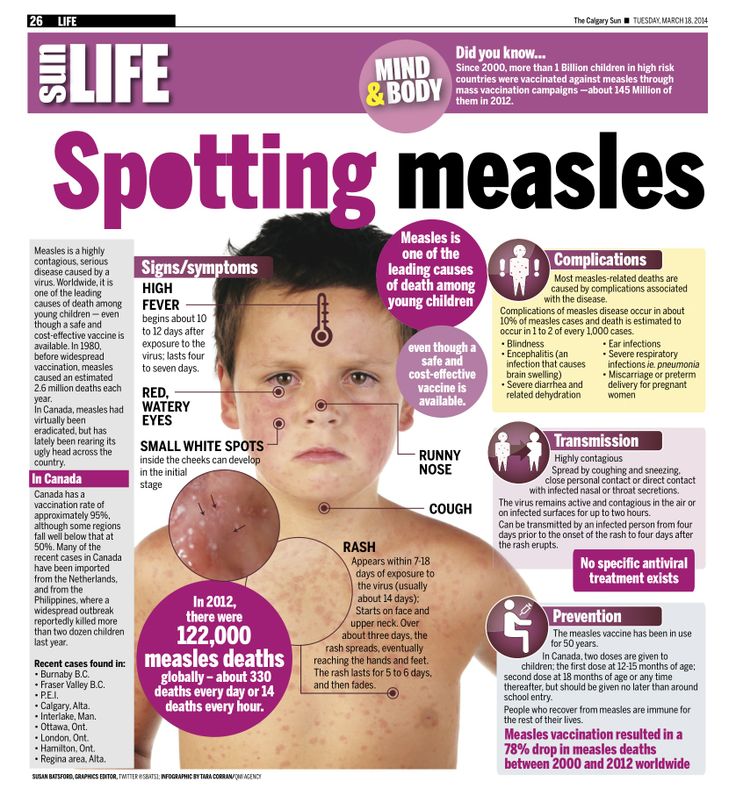 Economists told who in Russia will increase salaries next year
Economists told who in Russia will increase salaries next year
“He died, and I was left with a diagnosis”: a Chelyabinsk woman told how she contracted HIV at a respectable age
30 hectares of Plodushki were illuminated. Watching an epic video from a height
Is it forbidden to write about a special operation in Russia? We study the order of the FSB, which entered into force on December 1,
The authorities reported on the liquidation of the accident at the CMP, but people are still freezing in their apartments and in the hospital
Makfa's driving force: who ensures Russia's food security who is looking for
American Baskin Robbins leaves Russia. What will happen to the ice-cream parlor in Chelyabinsk
Furniture factory shop burned down in Miass
What, again?! The first region of Russia proposed to return to the masks - and it's not just covid
What awaits us in December: the communal apartment was increased unscheduled, but it was allowed to make hammams and saunas in apartments
Accruals are on the offensive.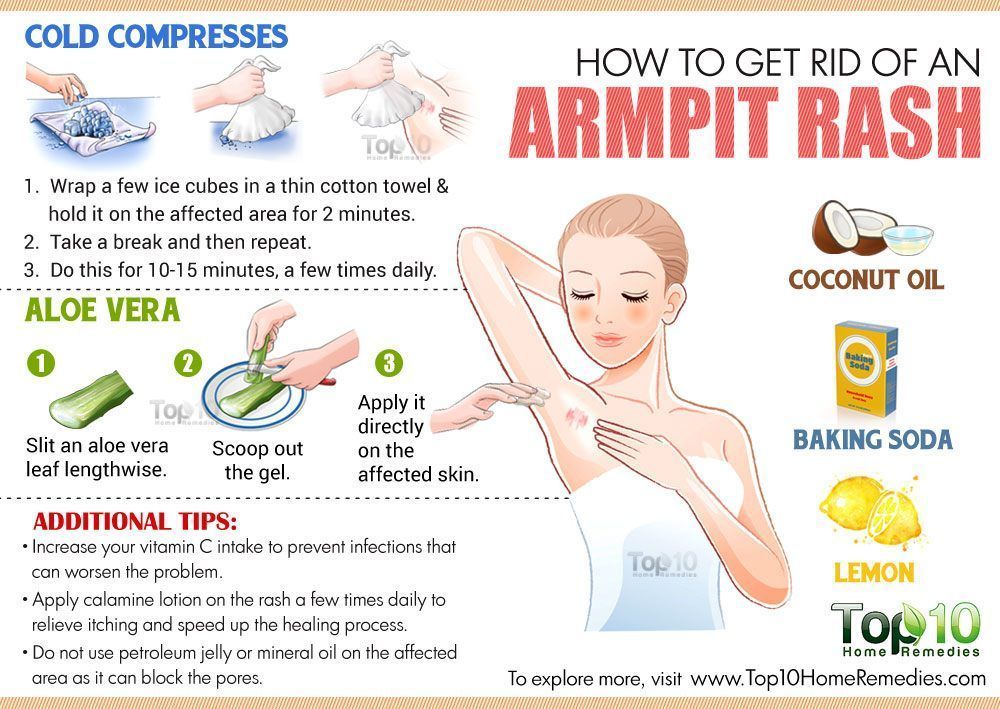 How much will the tariffs for a communal apartment in Chelyabinsk increase from December 1
How much will the tariffs for a communal apartment in Chelyabinsk increase from December 1
New Russians: we look at the top 5 Russian cars, the production of which was hastily launched in 2022
VKontakte does not work, YouTube does not open: social networks began to fail in Russia do not consider Ukrainian captivity as a reason not to pay alimony: news around the special operation for November 30
The mayor’s office named the number of houses and institutions left without heat due to a utility accident at the ChMZ
The media reported on Pele’s unscheduled hospitalization
From glass street food to an exotic parrot: a selection of the most unusual gifts for the New Year
Kids can do it easily: brain age test - can you find all the objects in the picture?
The former deputy head of the district will answer for negligence during the installation of the scandalous slide in the square behind Traktor
All news
Share
Share
Every mother is waiting for the first tooth of her baby with mixed feelings.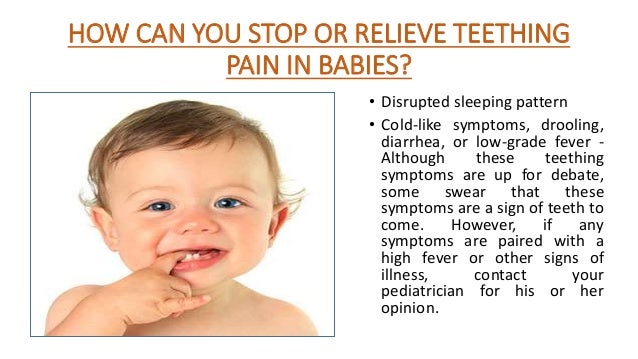 On the one hand, this is a sign that the baby is developing correctly and has become almost completely large. On the other hand, it is rare when teething passes without whims, fever and sleepless nights.
On the one hand, this is a sign that the baby is developing correctly and has become almost completely large. On the other hand, it is rare when teething passes without whims, fever and sleepless nights.
The first two teeth of my seven-month-old Alyoshka appeared according to the classic scenario: a week of temperature of 37.8, whining and whims around the clock, constantly flowing drool and attempts to gnaw everything that comes to hand. Exhausted by his first tooth, the baby did not want to walk or play. When he stopped crying, he lay quietly in his bed, looked at us with unhappy eyes and gnawed, gnawed, gnawed ... a special teether ring, rattles, his finger, sock, pillow - in a word, everything he could reach without getting up. The gels prescribed by the doctor helped for a maximum of five minutes, then everything started all over again. Exactly a week later, everything suddenly stopped. In the morning, Alexey jumped happily in bed and smiled from the top of his head. The first tooth proudly flaunted in the mouth. Another week of a quiet life, and the epic with tooth number two began. The second dental week went much calmer. We were mentally prepared for what was to come.
Another week of a quiet life, and the epic with tooth number two began. The second dental week went much calmer. We were mentally prepared for what was to come.
But there was an incident with the third tooth. Our dentist said that usually the teeth come out according to the “rule of four”: from about six months every four months, four teeth appear. The rule is valid for up to two years, until the baby acquires a complete set of them. Leshkin's teeth did not recognize the rules. After the first two, a month passed, another, but there was no result. Closer to 10 months, we stopped waiting and preparing for sleepless nights. We decided that anyway, sooner or later they will grow up and there is no point in being nervous in advance. In addition, at 10 months Leshka had a strange allergy, and the problem of teeth faded into the background.
At first, the whole ass was covered with red spots. I decided that the reaction to the new diapers, and bought others. More spots appeared. And they obviously itched, because the son could not sit still. Diaper creams didn't help. A couple of days later, a high temperature rose, her cheeks turned red and diarrhea began. The doctor said it was a food allergy. But there was nothing new and extraordinary in either my or Leshkin's menu. I decided it was some kind of strange allergy, but nevertheless, for the next two weeks, I diligently kept our food diaries with my son. The oddity of the allergy was that the antihistamines prescribed by the doctor, ointment and herbal decoctions did not help. The antipyretic brought down the temperature from 39up to 38 max. The supply of diapers ended in the evening, because Leshkin's priest could not stand diapers and even the thinnest pants, red spots multiplied, the skin peeled off, and sores appeared. At the same time, the child's appetite was good. So almost around the clock I was spinning between “feed the baby - bathe - smear with ointment - give medicine - change the diaper - feed - bathe” .
And they obviously itched, because the son could not sit still. Diaper creams didn't help. A couple of days later, a high temperature rose, her cheeks turned red and diarrhea began. The doctor said it was a food allergy. But there was nothing new and extraordinary in either my or Leshkin's menu. I decided it was some kind of strange allergy, but nevertheless, for the next two weeks, I diligently kept our food diaries with my son. The oddity of the allergy was that the antihistamines prescribed by the doctor, ointment and herbal decoctions did not help. The antipyretic brought down the temperature from 39up to 38 max. The supply of diapers ended in the evening, because Leshkin's priest could not stand diapers and even the thinnest pants, red spots multiplied, the skin peeled off, and sores appeared. At the same time, the child's appetite was good. So almost around the clock I was spinning between “feed the baby - bathe - smear with ointment - give medicine - change the diaper - feed - bathe” . .. And again in a circle. By the end of the second week, the doctor said that the treatment was not helping us and she sent us to the hospital for a course of some antibiotics. I was most “pleased” with the word “some”. The allergen was never found out, a specific diagnosis was never announced to me, and “some” antibiotics will be injected. I categorically refused the hospital. I decided to look for a doctor who would tell me something more intelligible. However, Leshkin's body decided in its own way.
.. And again in a circle. By the end of the second week, the doctor said that the treatment was not helping us and she sent us to the hospital for a course of some antibiotics. I was most “pleased” with the word “some”. The allergen was never found out, a specific diagnosis was never announced to me, and “some” antibiotics will be injected. I categorically refused the hospital. I decided to look for a doctor who would tell me something more intelligible. However, Leshkin's body decided in its own way.
The very next day the temperature subsided, and completely on its own. A day later, diarrhea and redness on the skin disappeared. And the next morning, a malicious mysterious allergen appeared - the third tooth! A few days later a fourth came out. The sores on the pope were remarkably gone after baths with a decoction of chamomile and calendula. As a result: in two weeks, Leshka learned to do without diapers, lost two kilograms and acquired two strong upper teeth. By the way, there was no profuse salivation habitual during teething. Perhaps that is why we all made a mistake with the diagnosis.
Perhaps that is why we all made a mistake with the diagnosis.
Our pediatrician was surprised, she said that the reaction was, of course, strange, but it happens. The dentist, on the contrary, said that there was nothing strange. When teeth are cut, the baby's immunity is weakened, and any little thing can provoke a disease.
Specialist's comment
“The first teeth can erupt for a long time, and the reaction of the body is sometimes unpredictable,” says pediatric dentist Svetlana Permyakova . – Symptoms may appear about three months before teething. Typical signs: copious saliva, cough and irritation on the face (due to an excess of saliva), the baby pulls everything into his mouth and nibbles, the gums are sensitive, sometimes they become inflamed, the cheeks turn red, a slight runny nose may appear. Also at this time, babies become capricious, whiny, they can pull their ears and rub their cheeks.
Of the atypical (indirect) signs: fever (above 38.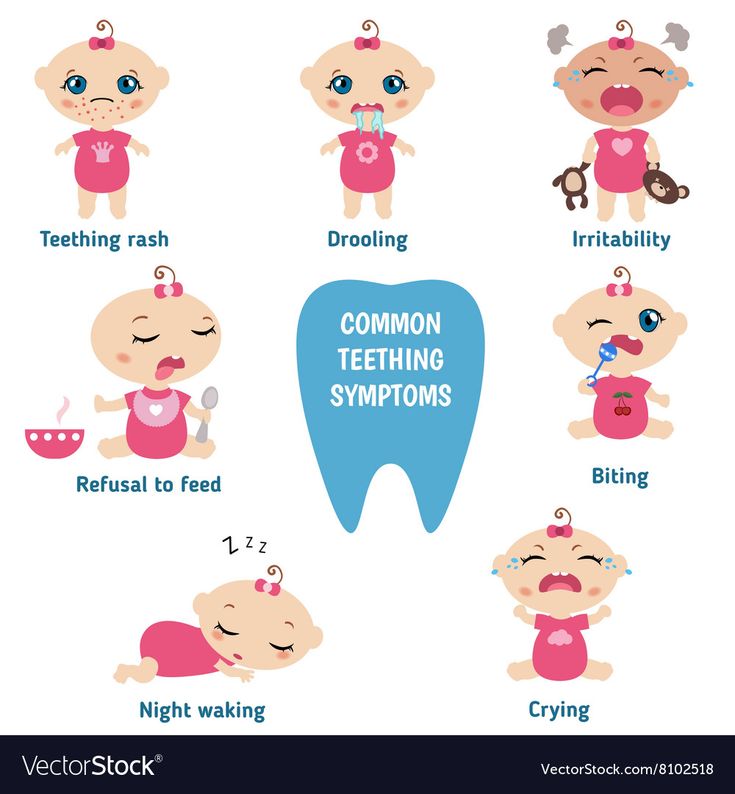 3), refusal to eat or sleep, diarrhea and pseudo-allergic skin rashes. You should not abuse special gels: use no more than four to five times a day (they can cause allergies). I generally generally recommend that parents not interfere with treatment during this time. The body usually takes care of itself. And medicines for the wrong disease can only do harm.
3), refusal to eat or sleep, diarrhea and pseudo-allergic skin rashes. You should not abuse special gels: use no more than four to five times a day (they can cause allergies). I generally generally recommend that parents not interfere with treatment during this time. The body usually takes care of itself. And medicines for the wrong disease can only do harm.
Until the tooth erupts, pain can be relieved by lightly massaging the gums with a clean finger, a cold teaspoon, a special teether, or cold, wet gauze. After the tooth has erupted, it should be cleaned twice a day: after breakfast and before bedtime. And from now on, no juice bottles at night. Otherwise, you can provoke caries.
Victoria ANNINSKAYA
- LIKE3
- LAUGHTER0
- SURPRISE0
- ANGER0
- SAD0
See the typo? Select a fragment and press Ctrl+Enter
COMMENTS13
Read all comments
What can I do if I log in?
COMMENT RULES
0 / 1400 This site is protected by reCAPTCHA and Google.